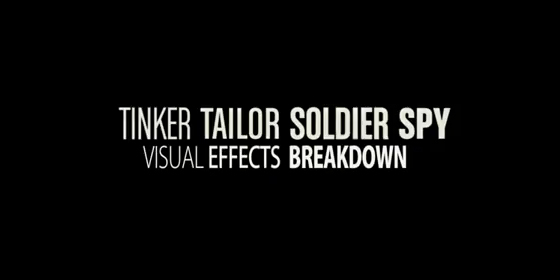A video showing how visual effects were used to create the period world of Tinker Tailor Soldier Spy begs the question as to why wasn’t nominated for a BAFTA or Oscar.
Mention the phrase ‘visual effects’ and I suspect images of science fiction or fantasy movies leap to mind.
After all, films like Star Wars (1977) and Avatar (2009) are most associated with the field.
Tomas Alfredson’s masterful John Le Carre adaptation is not the kind of film you would associate with modern visual effects, as it is a realistic tale of corruption and intrigue in MI6 during the 1970s.
But this video shows how modern technology was used to skilfully augment Maria Djurkovic‘s amazing production design:
They were done by Swedish company The Chimney Pot they highlight just how sophisticated the digital augmentation of photographic reality has become.
So sophisticated in fact that it may have worked against them in the awards season as the film has missed out on both BAFTA and Academy nominations.
It isn’t easy to blend old school techniques with cutting edge digital tools, but when they are combined successfully the results can be magical.
There is the (possibly apocryphal) story that 2001: A Space Odyssey (1968) lost the Best Makeup Academy Award to John Chambers for Planet of the Apes (1968) because the judges didn’t realize Kubrick’s apes were really people (perhaps that was actually a greater compliment than the Oscar).
It was a strong field this year but it begs the question, did The Chimney Pot lose out on visual effects recognition because they were too good?
> The Chimney Pot
> More on the history of the Academy Award for Best Visual Effects
